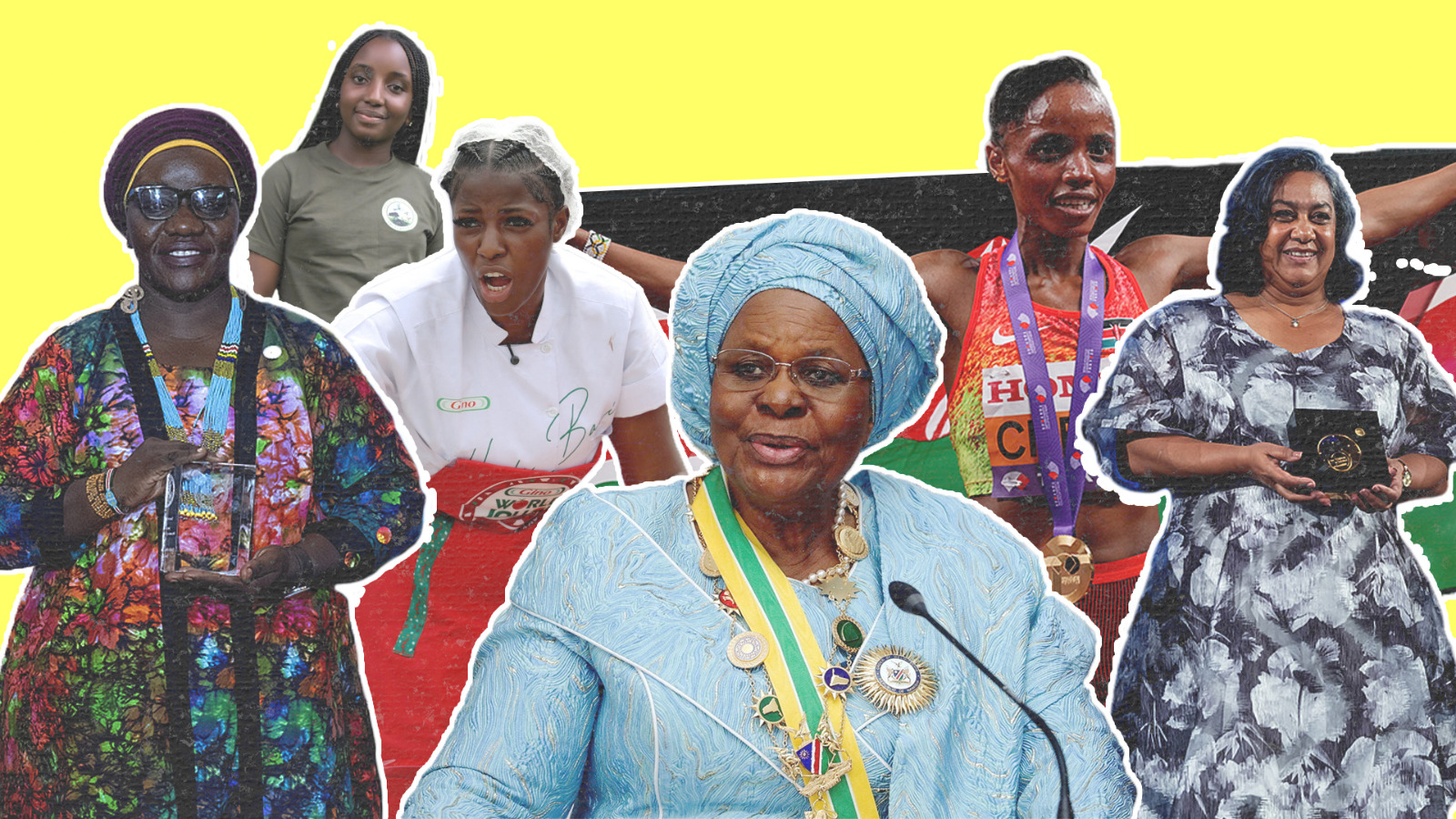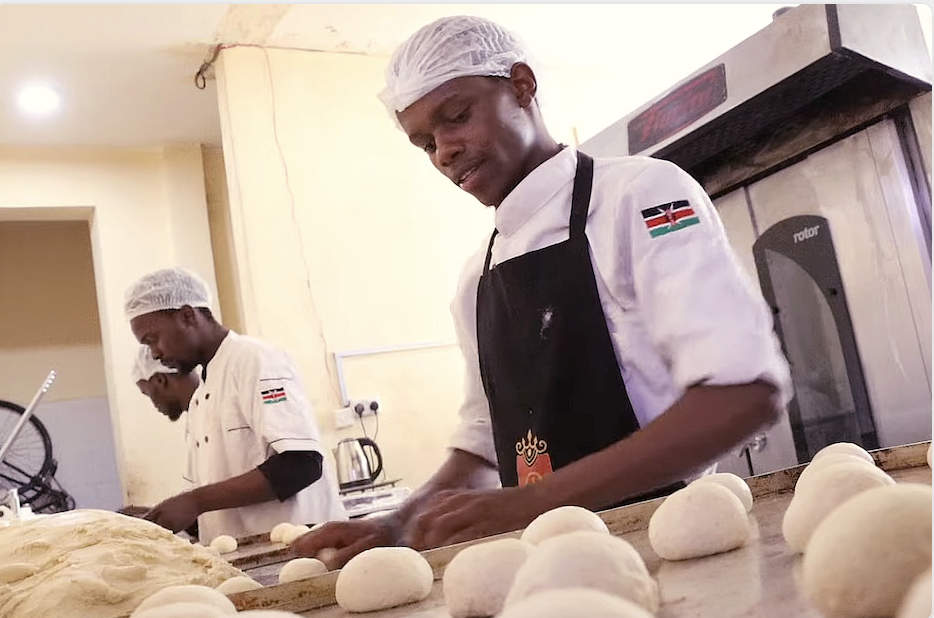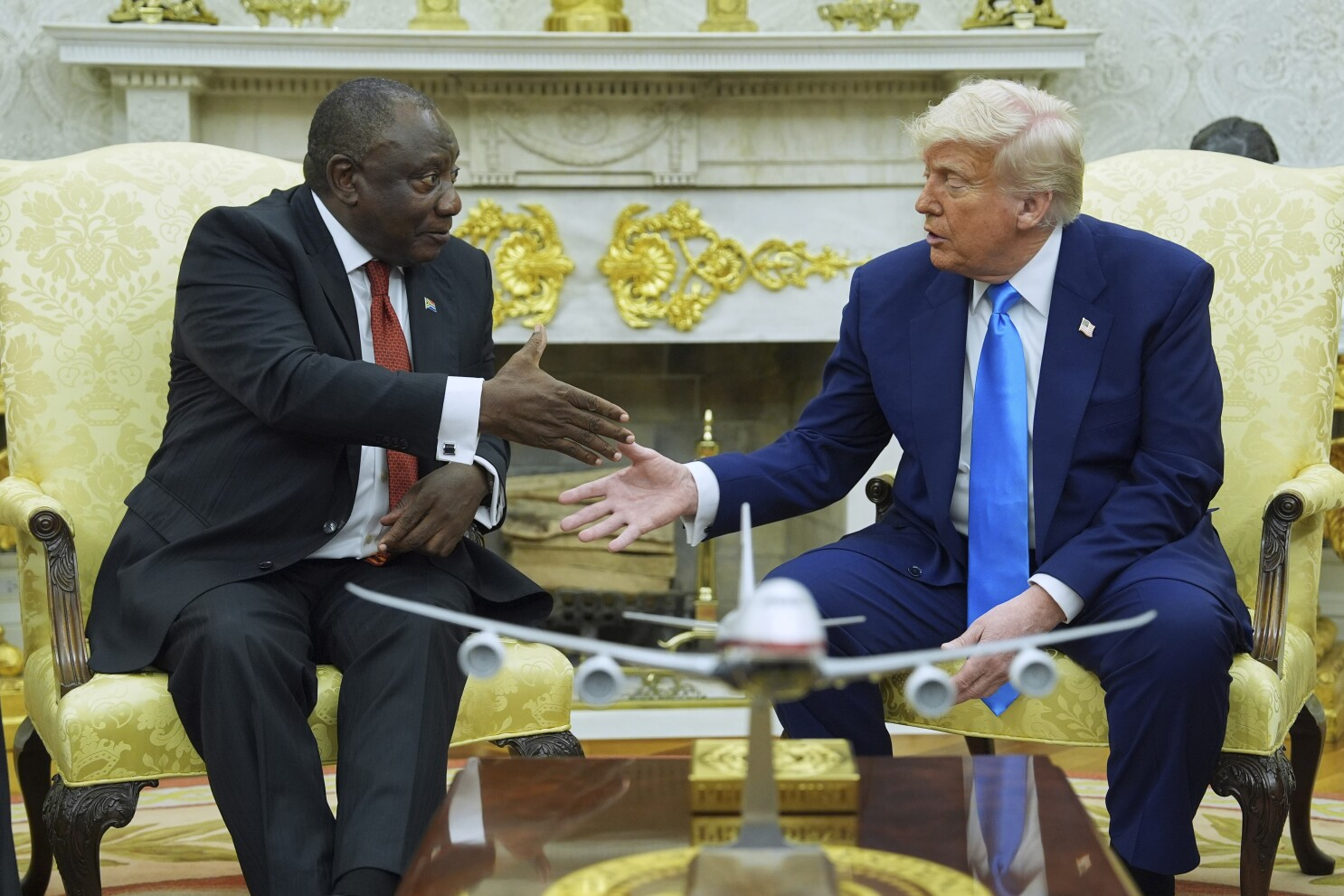Khoisan people in South Africa form a political party to contest in coming elections
A new party, Khoisan Revolution, that was launched last month and recently registered with the Independent Electoral Commission (IEC) is set to contest the local government elections in five provinces in South Africa this year.
The party which claims to have 25,000 paid-up members also says it was born from frustration.
According to the President of the Khoisan Revolution, Stanley Pieterse, no one in South Africa is talking on behalf of the Khoisan.
“First, they don’t recognise us, the Constitution doesn’t recognise us and there’s no land for us. Everybody is talking land, everybody is talking work, economic empowerment, but for us as Khoisan people, if you look at the papers we have to fill in they say black, white and coloured. There is no space for Khoisan,” says Pieterse.
Local government elections are months away but the party says it will have a structure in place to contest elections.
It plans to field candidates in five provinces, the Northern Cape, Free State, Western Cape, Eastern Cape and Gauteng.
All five provinces have a strong Khoisan presence. The party welcomes members of all races.
There are more than 30 political parties linked to the Khoisan people registered with the IEC but not all of the parties contest elections.
The Khoisan leaders from around the country say they support the initiative, but they also support dialogue with the governing party.
About the Khoisan people
It is a sad part of South African history that these two vibrant and culturally-rich tribes are now almost extinct; with Khoisan culture pushed to the periphery of our society albeit having have left an indelible mark on our society.
Khoisan is a term used by physical anthropologists to distinguish the aboriginal people of southern Africa from their black African farming neighbours.
The Khoisan people of the Northern Cape descended from two different tribes. An amalgam of the original San hunter-gatherers and the later-arriving KhoiKhoi, they were virtually annihilated by subsequent settlers.
Their culture lives on through some of the most compelling rock art on Earth.
The distinct clicks of their language, once found nowhere else in Africa, have been incorporated into Zulu and Xhosa speech.
Khoisan people were among many who were dispossessed by colonial and other authorities in the 19th and early 20th centuries.
Previous research has also suggested that Khoisan people may be directly descended from mankind’s oldest common paternal ancestors.
DNA studies in the 1990s, found that the Y chromosome of San men, one of the indigenous populations making up the Khoisan, share certain patterns of genetic variation that are different from those of all other populations.
It was theorized that the San are one of the first populations to have differentiated from the most recent common paternal ancestor of all extant humans, estimated to have lived 60,000 to 90,000 years ago.
Researchers found that through history Khoisan intermarried little with other ethnic groups, which helped preserve their genetic uniqueness.
Following the end of apartheid, the South African government allowed Khoisan families up until 1998 to pursue land claims which existed prior to 1913.
South African Deputy Chief Land Claims Commissioner Thami Mdontswa has said that constitutional reform would be required to enable Khoisan people to pursue further claims to land from which their direct ancestors were removed prior to 9 June 1913.







